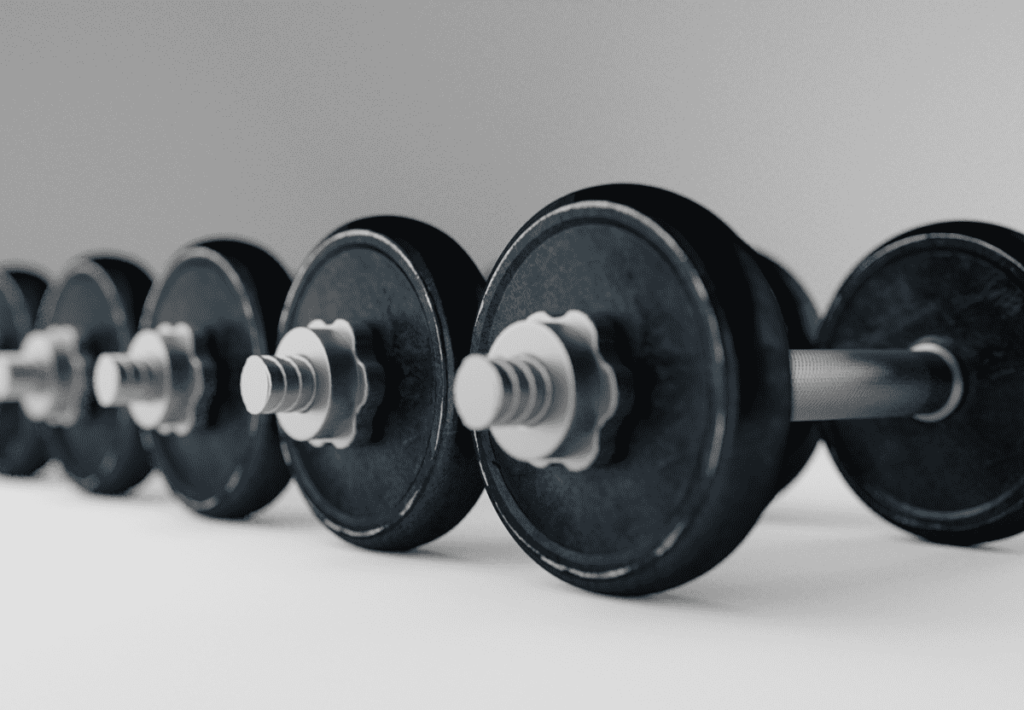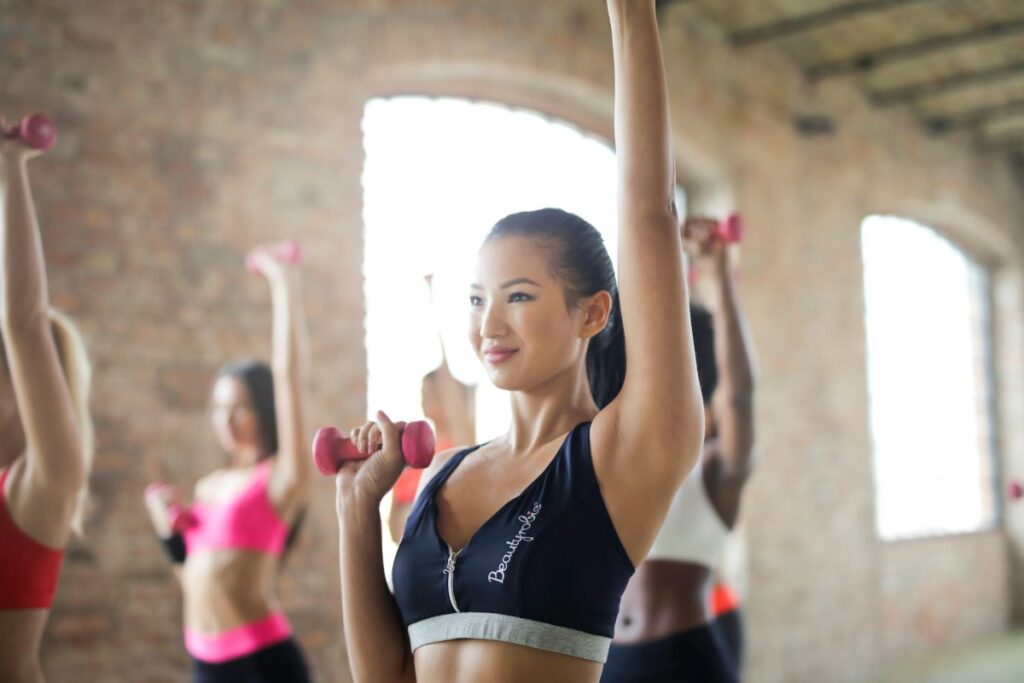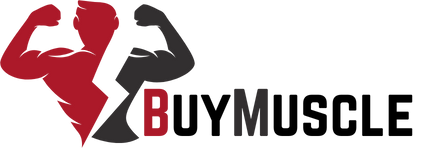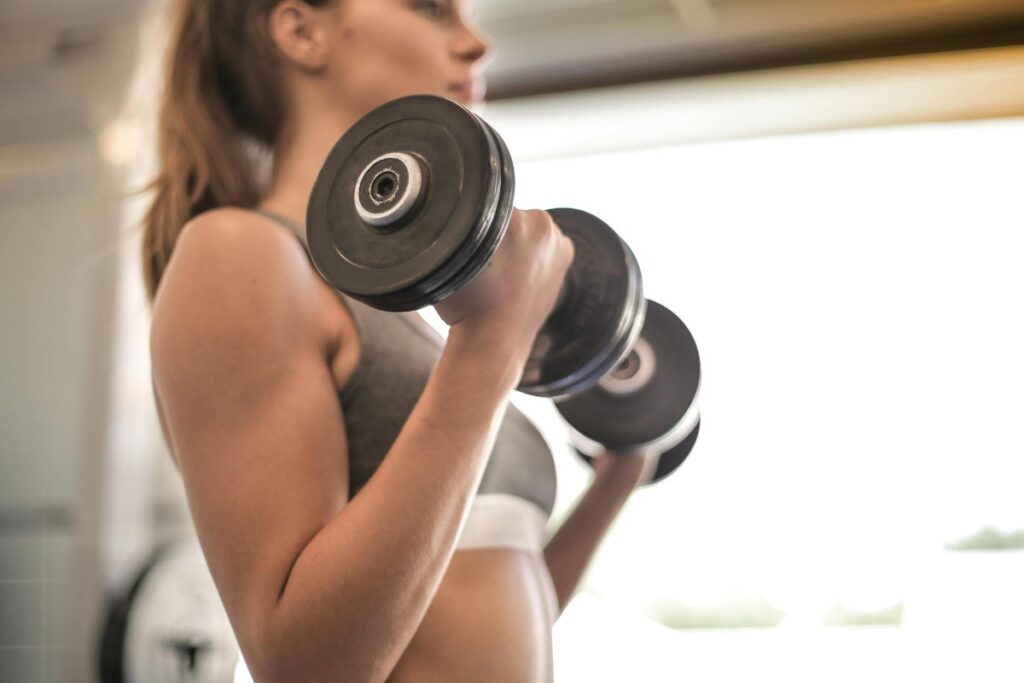New to strength training? All you need is a pair of dumbbells to start seeing real results. Dumbbell workouts offer one of the most accessible ways to build strength, improve body composition, and boost confidence—even if you’ve never lifted a weight before.
For beginners, strength training provides benefits that go beyond muscle gain. It supports joint health, enhances metabolism, and improves day-to-day functionality. This guide outlines how to build an easy, effective step-by-step dumbbell routine tailored to beginners who want a structured yet flexible start.
Why Dumbbells Are Great for Beginners
Dumbbells are easy to use, readily available, and require no complicated setups for newbies to fitness. Use them in small areas, making them great for home workouts or gym sessions.
Using dumbbells also helps promote balance and coordination. Since each side of the body works independently, muscle imbalances are easier to identify and correct. It leads to more symmetrical strength development and better movement control.
The versatility of dumbbells allows you to target every major muscle group with just a few movements, which is especially helpful when building a beginner dumbbell workout at home.
Full-Body Benefits of a Dumbbell Routine

An easy full-body dumbbell workout engages multiple muscle groups, helping beginners improve total-body strength and endurance. It teaches the fundamentals of pushing, pulling, squatting, hinging, and twisting—movements essential for everyday life.
Consistent training with dumbbells supports improved posture, greater mobility, and enhanced joint stability. For those aiming to lose fat or improve cardiovascular health, dumbbell workouts can also serve as an efficient form of metabolic training, particularly when performed in circuits or with minimal rest.
Over time, even a simple strength training routine with dumbbells can lead to greater energy, better sleep, and improved mental focus.
Choosing the Right Dumbbell Weight
Pick a weight that tests you but still allows you to do around 8 to 12 reps with proper form. If those final reps feel difficult but manageable, the weight is appropriate.
Starting with a light helps beginners learn the technique. Upper-body exercises may use 5 to 15 pounds, while the larger muscle groups involved in lower-body movements may require 10 to 25 pounds.
Once you become stronger, increase the load. Watch how your body reacts! When something feels too easy, and you can do many reps without feeling sore, increase the weight or add another set.
Workout Structure: Reps, Sets, and Rest
Most beginner dumbbell workouts consist of 8 to 12 repetitions per exercise for two to three sets to keep things simple and effective. This rep range supports both muscle growth and endurance, making it ideal for new lifters.
Rest between sets should be up to one minute. If you do a full-body session, alternate upper- and lower-body exercises for active recovery while retaining workout flow.
In its simplest form, a two-to-three-times-a-week full-body workout can provide steady results without overtraining for beginners.
Core Dumbbell Exercises to Include
A solid beginner dumbbell routine should include movements that hit every major area of the body. For the lower body, exercises like dumbbell squats, lunges, and Romanian deadlifts target the glutes, quads, and hamstrings.
Activities such as dumbbell shoulder presses, chest presses, bent-over rows, and bicep curls help the upper body develop. They work the arms, shoulders, chest, and back to build strength.
You can work on your core with Russian twists, weighted sit-ups, and dumbbell side bends. Engaging the core also improves stability and posture during all dumbbell lifts.
Sample Full-Body Beginner Dumbbell Routine

Any given session should start with a quick warm-up. Five minutes of bodyweight squats, arm circles, and light cardio prepare the muscles and joints. Then, start warming up with 6 to 8 exercises in a structured sequence.
Alternate upper versus lower body motions and complete the session with a couple of core-focused exercises. For example, you might do squats, shoulder presses, lunges, bent-over rows, bicep curls, and Russian twists in one session.
Cool down with gentle stretching and breathing. This final routine helps with recovery and reduces muscle soreness.
Tips for Form and Safety
For beginners, mastering proper form is more important than lifting heavy weights. Controlled movement helps avoid injury and maximizes muscle engagement. Start slow and prioritize the quality of each repetition over quantity.
Use a mirror or record your workout to monitor your technique. Watching yourself lift helps identify common errors, such as poor posture or uneven range of motion.
Maintain steady breathing throughout the routine—inhale during the lowering phase and exhale as you lift. Rushing reps can compromise form and limit progress, so aim for smooth, deliberate movements.
How to Progress Your Routine Over Time
Progression is essential for continued improvement. As you become more confident, you can increase your dumbbell weight, add repetitions, or include a third or fourth set to challenge your muscles.
Introducing supersets or circuits—performing two or more exercises back-to-back with little rest—can enhance intensity and keep workouts engaging.
Tracking your progress with a notebook or fitness app allows you to monitor improvements in strength, endurance, and consistency. Small adjustments made over time lead to significant gains, both in performance and overall fitness.
Frequently Asked Questions
What is a good dumbbell routine for beginners?
A good beginner dumbbell routine includes full-body exercises like squats, presses, and rows, done two to three times per week with moderate weights and proper form.
Can I do a dumbbell workout at home?
Yes, a beginner dumbbell workout at home is effective if you have a set of dumbbells and enough space to move. Bodyweight warm-ups and minimal equipment are all you need.
What’s the best dumbbell weight for beginners?
Most beginners start with 5 to 15 pounds for the upper body and 10 to 25 pounds for the lower body. Choose a weight that feels challenging but allows good form.
How often should I do dumbbell workouts as a beginner?
For most beginners, two to three full-body sessions per week are sufficient. Allow at least one rest day between sessions for recovery.
Do I need a gym to follow a dumbbell routine?
No. A home dumbbell workout plan can be just as effective as a gym routine, especially for beginners focusing on strength, mobility, and endurance.
What are the best dumbbell exercises for beginners?
Squats, lunges, shoulder presses, chest presses, rows, and core movements like Russian twists are excellent for building strength and coordination.








